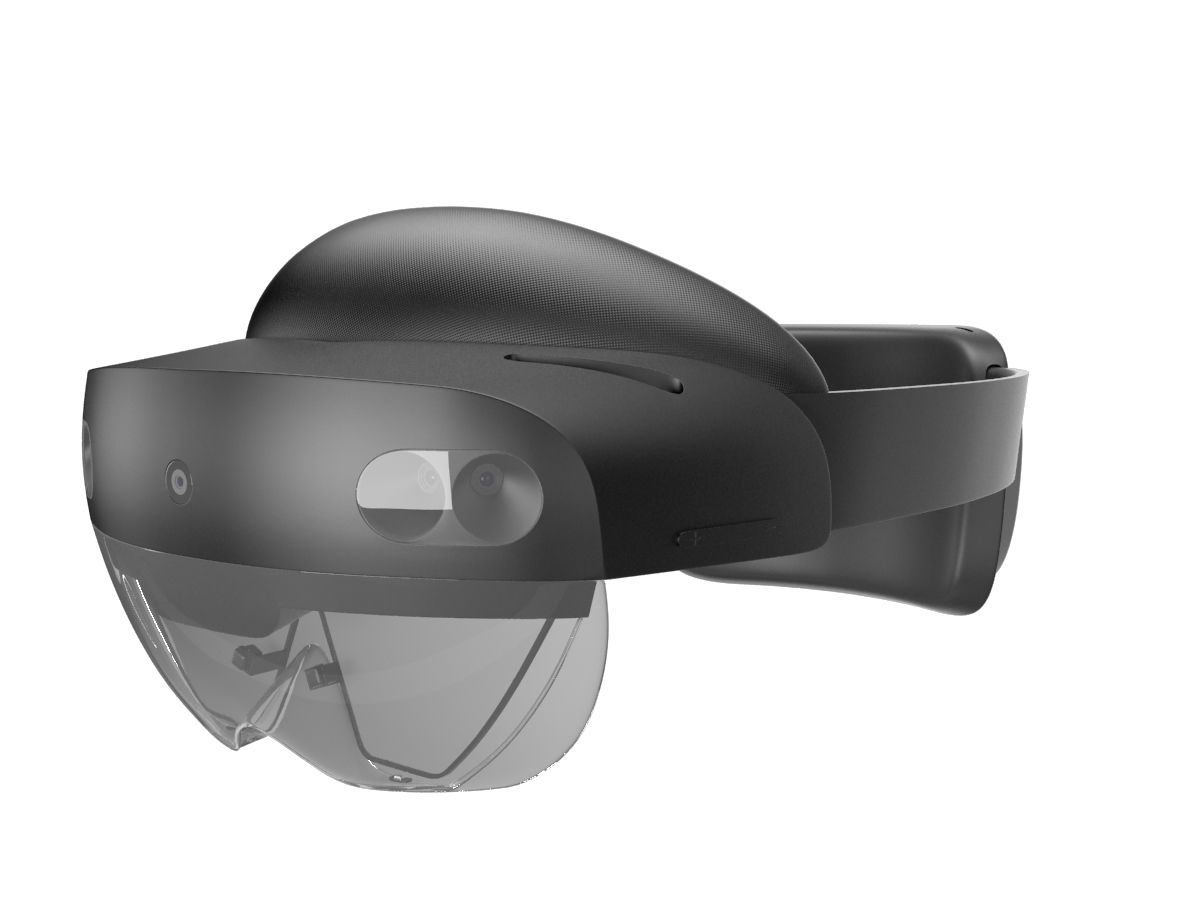I do not personally own any VR/AR hardware, so my review of the following devices would be based on the current reviews available online.
VR Headset Review
My criteria for the preferred headset would be based on the following factors:
- Compatibility with existing games or systems – Even with the most sophisticated VR hardware, the experience of VR would be limited by the current offerings that are available on the market.
- Ease of use, ergonomics – With it allows for a greater degree of immersion and thus easier to get a higher degree of presence.
- Price – As a good VR experience requires high-end hardware, which comes at a huge cost, the price of the VR hardware is not an important factor to consider
Below I have shortlisted 3 of the most popular VR headsets in 2020, with various price points and differing specifications.
Technical Specifications
| Device | Valve Index | Oculus Quest 2 | HP Reverb G2 |
| Resolution per eye | 1440 x 1600 | 1832 x 1920 | 2160 x 2160 |
| Refresh rate (Hz) | 80, 90, 120 or 144 | 90 | 90 |
| Weight (without cable) | 809g | 503g | 550g |
| Field of View (degrees) | ~ 130 (max) | ~ 100 | ~ 114 |
| Tracking | External (2 base stations) | Inside-out | Inside-out |
| Price (USD) | $999 | $299 | $599 |
Preferred: Valve Index
Reasoning:
Based on my findings, the Valve Index would allow for the greatest VR experience, despite it’s relatively higher upfront cost. The Valve Index is the only headset on the market capable of refresh rates above 90Hz, allowing higher temporal fidelity. This factor is especially important for me when purchasing a VR headset as I am prone to motion-sickness while playing video games, particularly during first-person perspective games. The Valve Index also has better tracking, with the use of external base stations called lighthouses, they are capable of tracking with sub-millimeter accuracy. Inside-out tracking, which uses the cameras mounted on the headset to track the position of the user, although robust but is still prone to drift, translating to minor annoyances during VR which might break the flow of the user.
One of the main deciding factors for the best VR experience are the controllers that come with each system, which are one of the main ways to interact with the game or system in VR. The controllers in the Valve Index allow for hands-free, full finger tracking, compared to the traditional controllers of other systems.
AR Headset Review
There is limited availability for AR headsets in the consumer market, hence there is not much development in the AR space, compared to VR. The products that are most prominent are Microsoft’s Hololens 2 and the Magic Leap One. However, Microsoft’s implementation is superior and more advanced overall.


Preferred: Microsoft Hololens 2
Reasoning:
The field-of-view has been improved over the first Hololens, now capable of over 52 degrees compared to the Magic Leap’s 30 degrees. The visual fidelity has been improved significantly, due to the new optics found in the Hololens 2, capable of about 2K pixels per eye, compared to Magic Leap’s 1280 x 960 resolution. Windows Holographic OS is also more robust compared to the one found in the Magic Leap One, thus offering a better AR experience overall.
Currently, the Hololens 2 is targeted at enterprise users, but as adoption increases we might have a consumer model in the future.
